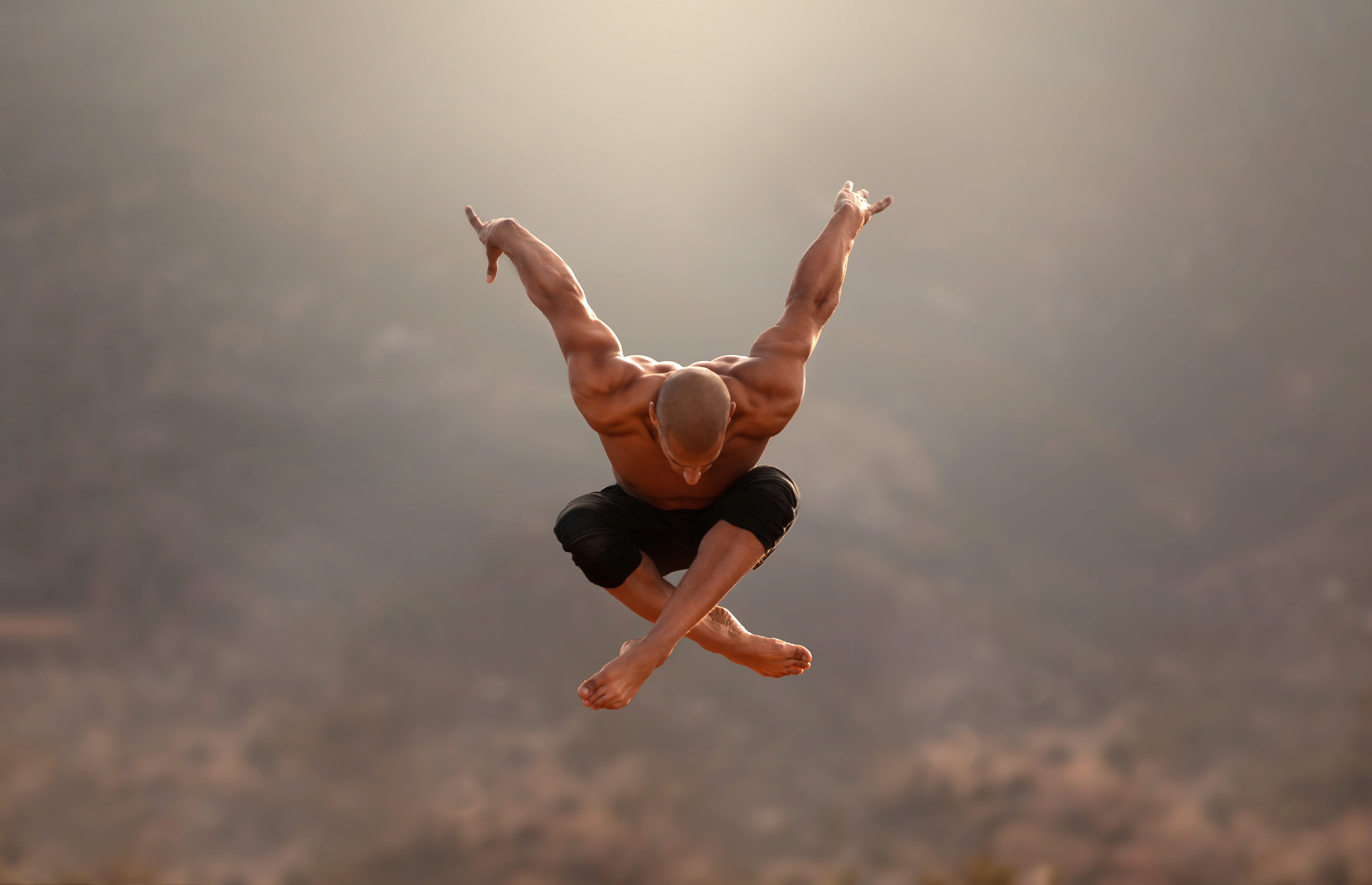
JEROME SORDILLON
'I believe that at some point in your career, you have to confront yourself in a mirror and move with no preconceived thoughts or judgments. From that moment, you will begin to stand out and discover your own way of moving.'
Jérome Sordillon is a French-born aerialist, currently starring in Cirque du Soleil show Luzia. Jérome started gymnastics at the age of four, competed for 16 years to then transition into Circus Arts. In 2014, he was awarded a bronze medal at the Festival Mondial du Cirque de Demain. After years performing for different shows around the globe, he joined the creation of Crystal, Cirque du Soleil’s first show on ice. He now tours the world with his wife—also an artist with Cirque du Soleil—and their 4-year-old son.

How did your journey with movement arts begin?
I grew up in a challenging area of France, raised by my mother and grandmother. In an effort to steer clear of unfavourable influences and channel my energy more positively, my mother enrolled me in my first gymnastics class at the age of 4. It was there that I met my lifelong friend, David. We spent approximately 15 years together on the same team.
I was studying computerised mechanics and one day I cut myself very badly. I wasn't really enjoying what I had chosen to be my future career and ended up reaching out to David, who offered a piece of advice that would alter the course of my life: 'You're 19 and unhappy with what you're doing? Stop and move forward. Be who you want to be, do whatever you want.' Suddenly, that Confucius quote, 'Choose a job you love, and you will not have to work a single day' resonated with me. That day marked the end of my time at that mechanic company.
Driven by my passion for gymnastics, I aspired to make a living out of what my body was capable of doing, though I had no previous exposure to circus arts. Shortly after leaving my studies, I stumbled upon a flying trapeze training program in Southern France. Thinking I had nothing to lose and anticipating some fun, I decided to give it a try. From that day onward, I never looked back. While my perspective on circus arts and movement has evolved over time, the essence of my journey remains rooted in the story of a young man searching for his purpose in life.
What made you want to pursue a calling in this path despite the known precarity of artistic careers?
I'm proud of my journey; I grew up in a precarious environment. I left my hometown to apply to the National Circus School of Montreal with less than 300 euros in my pocket. However, I crossed paths with the right person at the right moment, someone who believed in me and assisted me in finding a job.
I worked diligently every single weekend and during vacations. Therefore, precarity didn't instil fear in me; instead, I embraced each moment, day by day. I was just happy to learn new things every day, to work with my skills and to grow little by little as an artist.
At that moment, thoughts of a potential future career didn't occupy my mind. I simply revelled in the love for what I was doing, feeling for the very first time that I was in the right place.

Your wife is also a circus artist; what are the 'pros' of being a circus family? How do you think it influences your art?
Yes, my wife is also a circus artist, and now we have an almost 4-year-old circus kid. We share a very real and profound connection. We travel the world, perform on stage together, and take care of each other.
I truly believe that observing someone on stage unveils a lot about who they are as a person, and I've witnessed Morgane's performances countless times.
You perform high above the ground without a safety line. Do you think risks can become an addiction for circus performers?
Yes, in the early stages of a career, it's exciting. The higher you go, the cooler you think you are. I've even worked suspended from a crane above buildings—an experience but not particularly artistically interesting.
I firmly believe that, in a performance, height should be as carefully considered as the music, lights, or movement. What message do you want to convey to the audience? What's the ambience of the theatre? What is your artistic background?
Risk and heights shouldn't become an addiction; they should be something you tame. Embrace and enjoy them, but maintain a healthy dose of apprehension.

You were part of Cirque du Soleil's first-ever show on ice, Crystal. How did you prepare for this? How was it different from other performances you did before?
Yes, Crystal was an amazing experience, and I learned a lot. Unfortunately, it was a relatively brief project, with only three months to create the entire show. I wish I had more time to explore the possibilities on ice with the straps and my skating partner.
Nevertheless, it's something I was eager to work on because it showed me unlimited possibilities. Initially, feeling and appearing grounded was a bit challenging, but after a few weeks of experimenting and exploring slides, stops, and the dynamics of how your skating partner can throw or catch you—it opened so many artistic doors.
You are often involved in acts with challenging aspects —such as water immersion—while performing. Is this something you look for in your artistic choices?
It's definitely something I'm passionate about; it opens up numerous possibilities, and I would love to create more aerial strap acts on ice or in deep water. I have a strong desire and plan to create an underwater dance/movement video as soon as possible.

We love your signature 'aerial walk'; how do you think a movement/circus artist can bring their own signature to their acts?
Thank you. That's a move I started doing when I entered the circus world in 2006 on a duo trapeze. Later, while attending the National Circus School of Montreal, I continued the walk, this time on straps, moving forth and back.
I believe most artists have their unique signature on stage. When I think about my circus friends, I automatically visualise a distinct way of moving, a trick, an expression, a gesture, a body shape—so many elements that make each artist unique.
Today, we can observe hundreds of artists on Instagram or TikTok attempting the latest 'fashionable' technical movements. While a few stand out, many seem to be repeating moves as if they were in gymnastics. I'm not criticising, but I believe that at some point in your career, you have to confront yourself in a mirror and move with no preconceived thoughts or judgments. From that moment, you will begin to stand out and discover your own way of moving.
As an aerial acrobat, safety is crucial. How can one mitigate the risks?
Risks are always present; as an acrobat/aerialist/performer, it's inevitable. Safety is crucial, and one thing that took me a while to learn is that it is just a show. Your life is more valuable. Trust your instincts and yourself more than your riggers. If you don't feel like going in the air, don't. If you spot something unusual on your apparatus, stop.
During an act, you often have just a few seconds to make the right decision. The audience is watching, the lights are on you, the music is playing, the cue is coming, and you might find yourself thinking; I don't have the perfect grip, but it will make it—which is the worst decision. In those moments, you must remember: It is just a show.
What was the most challenging injury of your career?
The worst injury I've had was when I tore my left bicep while performing. I was on stage in Australia when suddenly, I heard a massive 'clac'. Hanging in the air, I could pull myself up and initially thought my shoulder had dislocated. However, upon checking my left arm, I saw my bicep positioned way too high against my shoulder.
The day after, I underwent surgery. During this time, I was in negotiations for my first contract with Cirque du Soleil, scheduled to start six months later, which was not the ideal timing. Despite the setback, I informed Cirque du Soleil about the incident, assuring them to trust me and that I would be ready on time. Five months later, I was back to training on straps.
For my rehabilitation, I lived in the apartment of my friend and physiotherapist in the north of France, dedicating six days a week to seven hours of rehabilitation training per day. This experience taught me that one's state of mind greatly impacts how fast you recover.
Did your approach to training change as you aged?
Age, but mostly experience, makes a difference in how you train and treat your body. Working with a company like Cirque du Soleil requires at least eight weekly shows. Offstage, you need to find a balance between stretching, physiotherapy, and rest.
However, the reality of working from 8 to 10 shows a week is very different from occasional gig work. It's not necessarily easier or harder, but the routine and intensity can't be compared. You need to work smart and understand your body's needs at any age.

Can you share tips to manage stage nervousness or a particularly stressful upcoming performance?
I often remind myself that I am the only one who knows what I'm supposed to do or how it's supposed to look. This means that if something goes wrong, I can make it look like it was intentional.
I understand that stress can be a problem for some disciplines, such as for jugglers or hand balancers. However, as a straps artist, it can be used as an ally—an adrenaline boost of strength. When well-controlled, there's no pain or tiredness.
What are the key lifestyle choices to maintain such a high level of flexibility and physical endurance?
That is not easy, and since everybody and every discipline is so different, the perfect answer doesn't exist. I focus on understanding the specific requirements of my act, be it strength, flexibility, or dynamism. I then adapt my nutrition, weight, training, rest, and lifestyle according to my needs.
Do you include specific foods or supplements in your diet to maintain your performance or flexibility?
On a daily basis, I never do. But, for example, when I returned to work after the pandemic, I started adding some protein supplements because my muscles were not accustomed to working as much as they do now, aiming to prevent excessive soreness.
Can you share a big dream for the future?
I want to go back to my straps loop in a studio and move like I used to—no specific goal needed. I want to create something light, floating, intimate.
Sooner or later, I will stop performing with Cirque du Soleil. As an artistic director, I want to create, work on show concepts, and bring physical arts to other places.
Find Jerome on Instagram
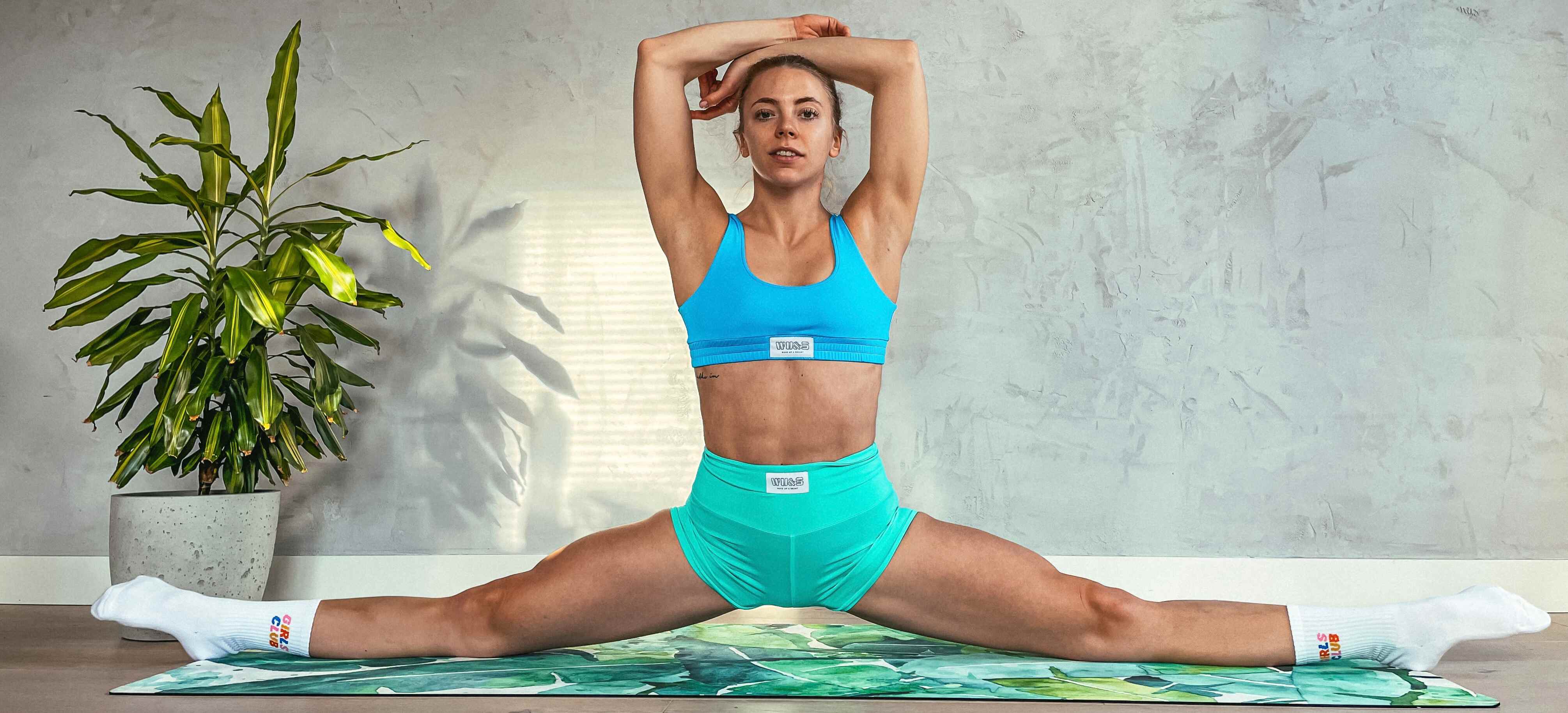
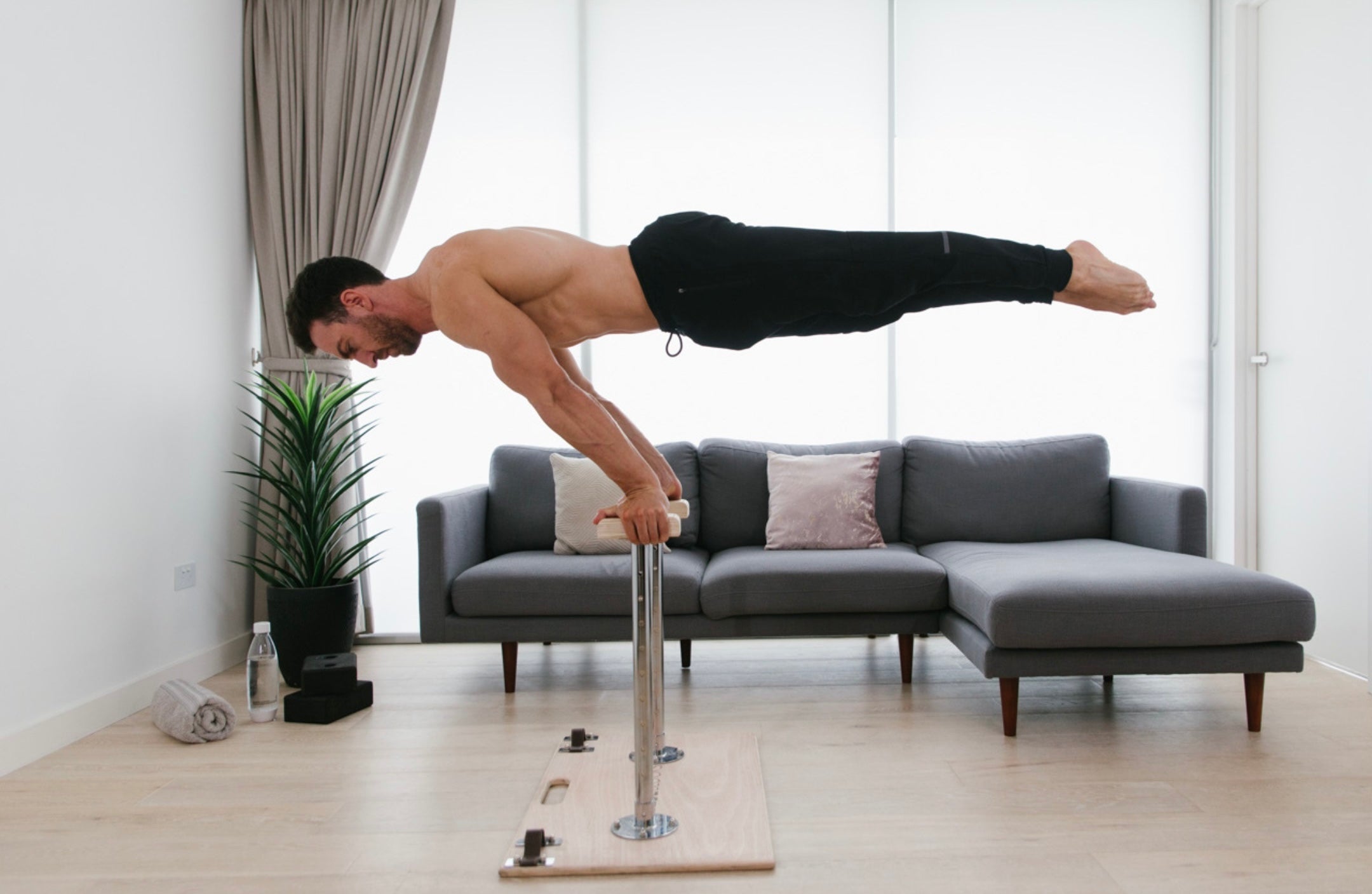
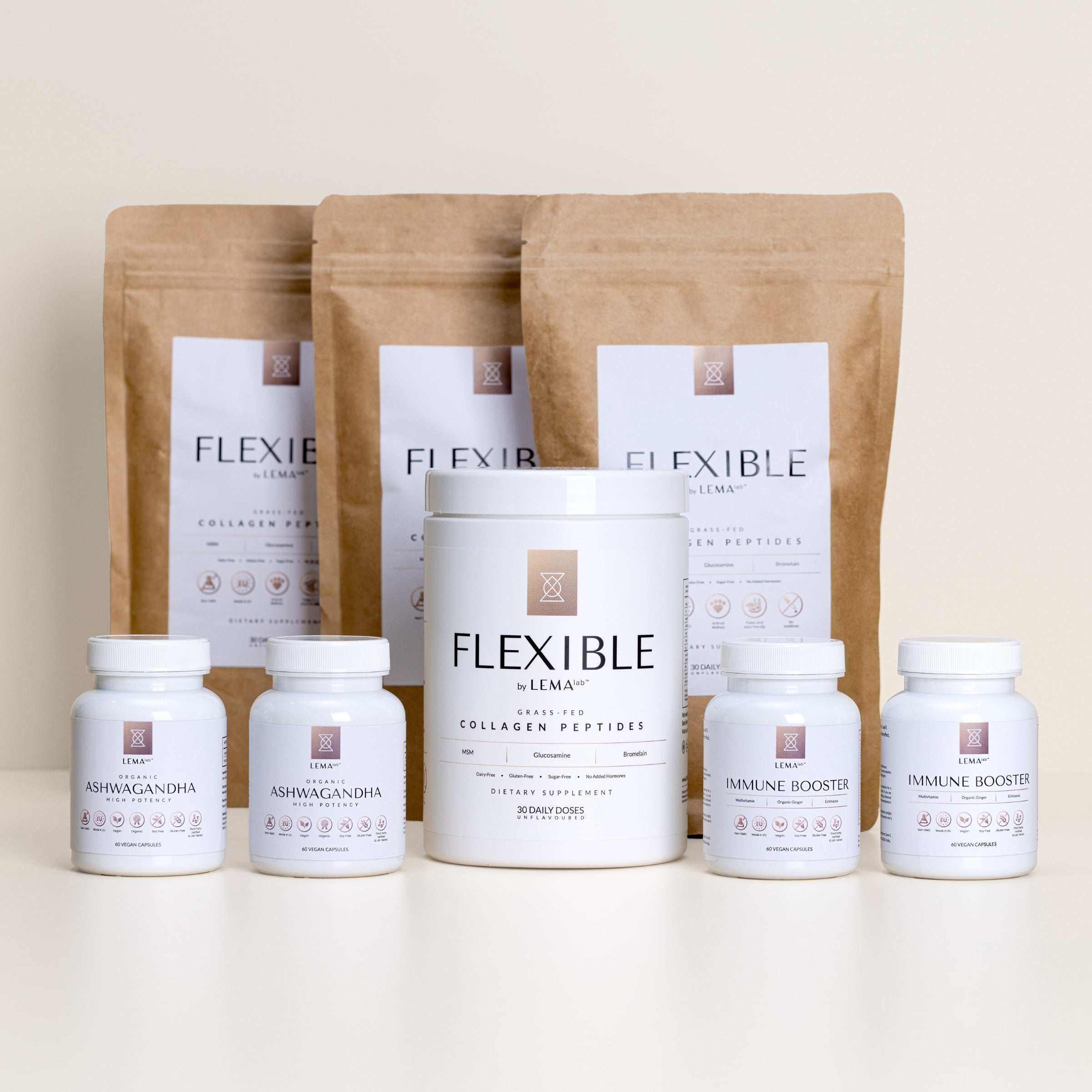
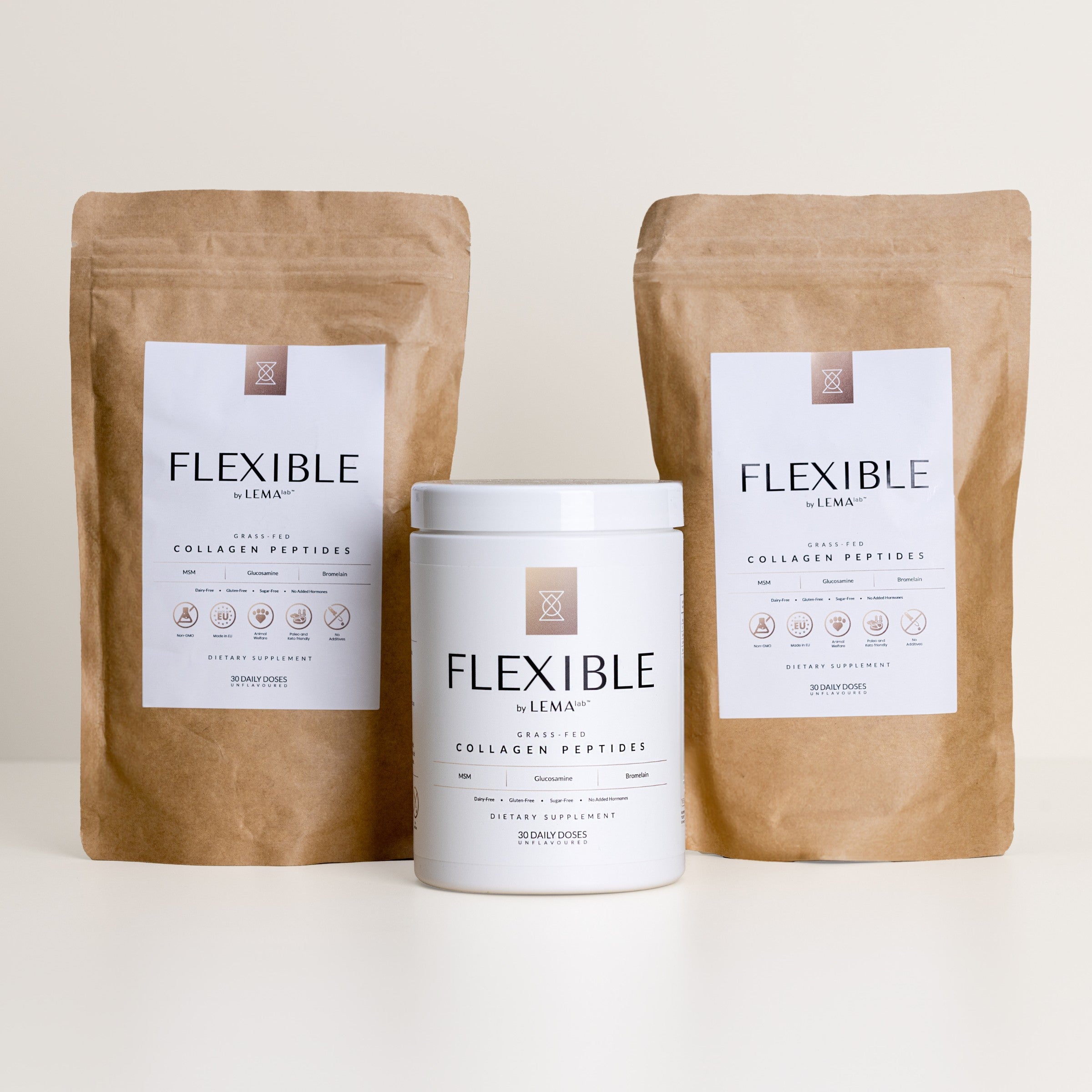
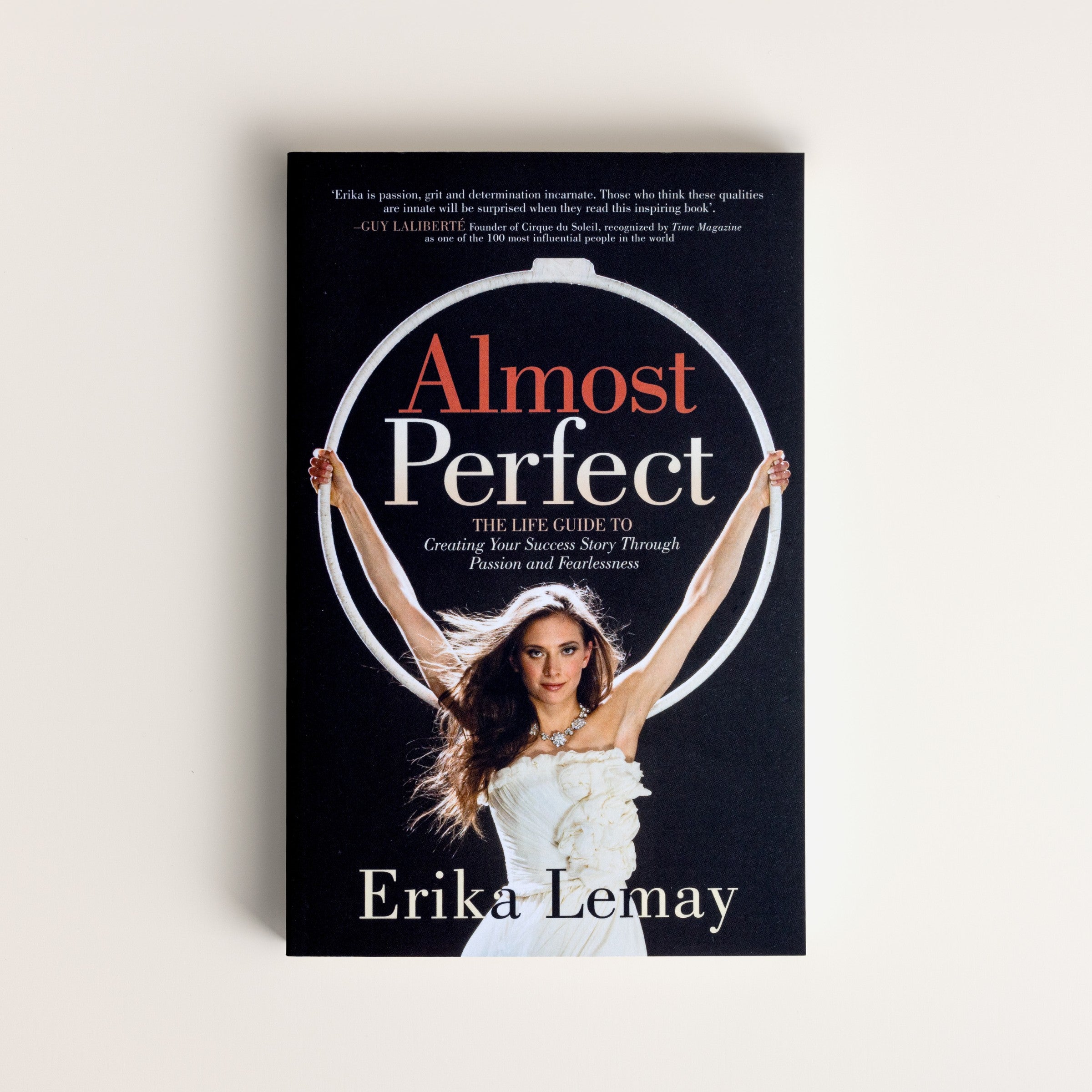
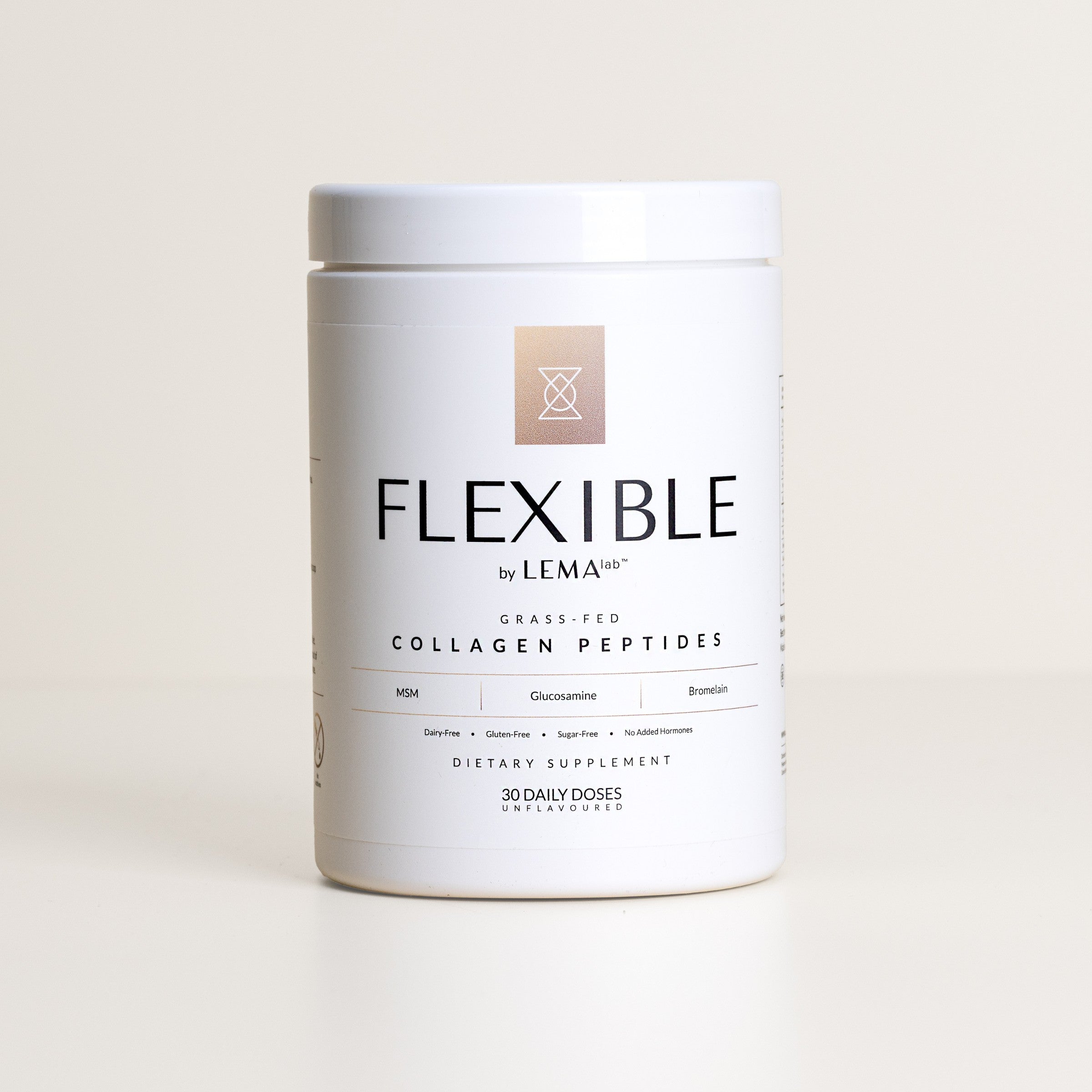
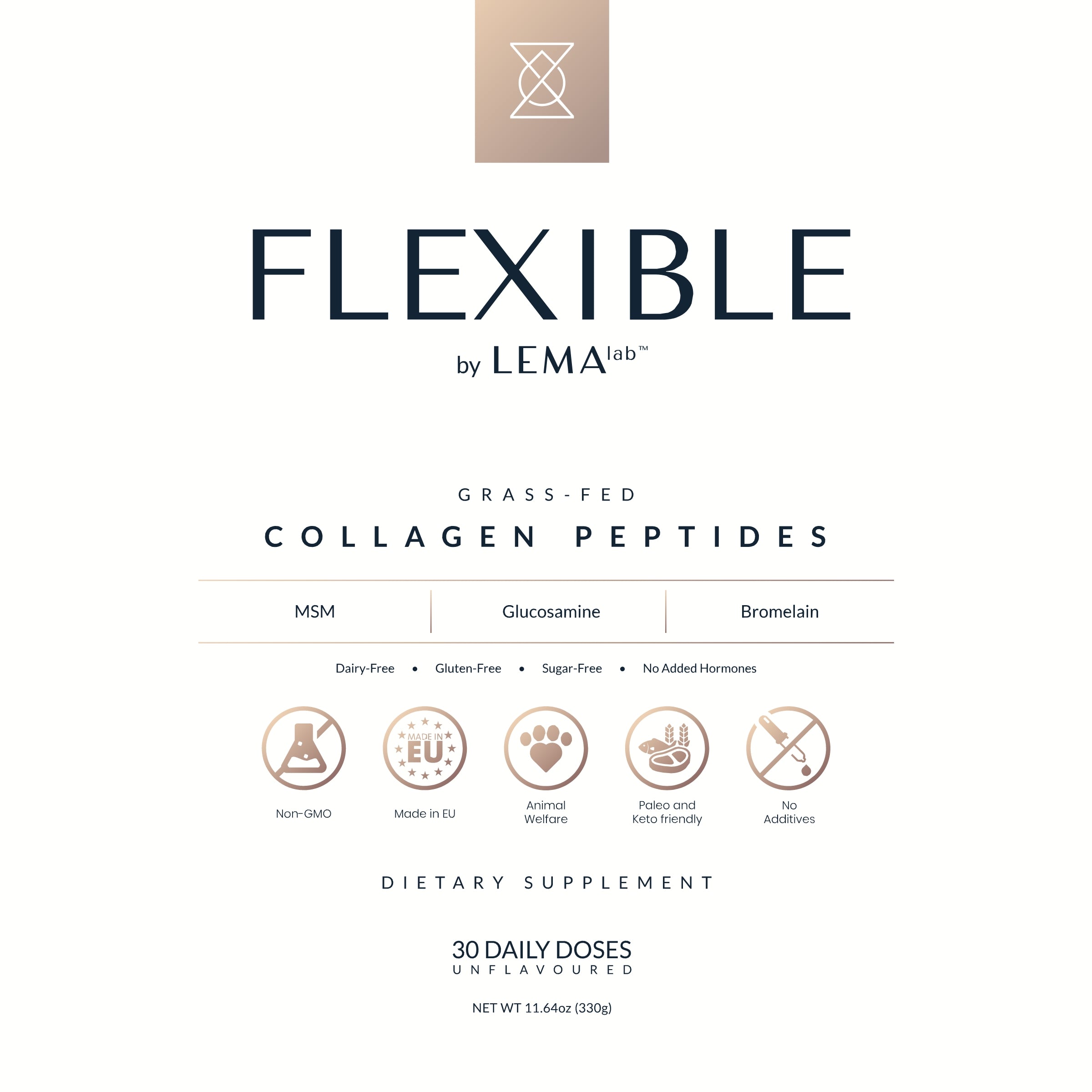
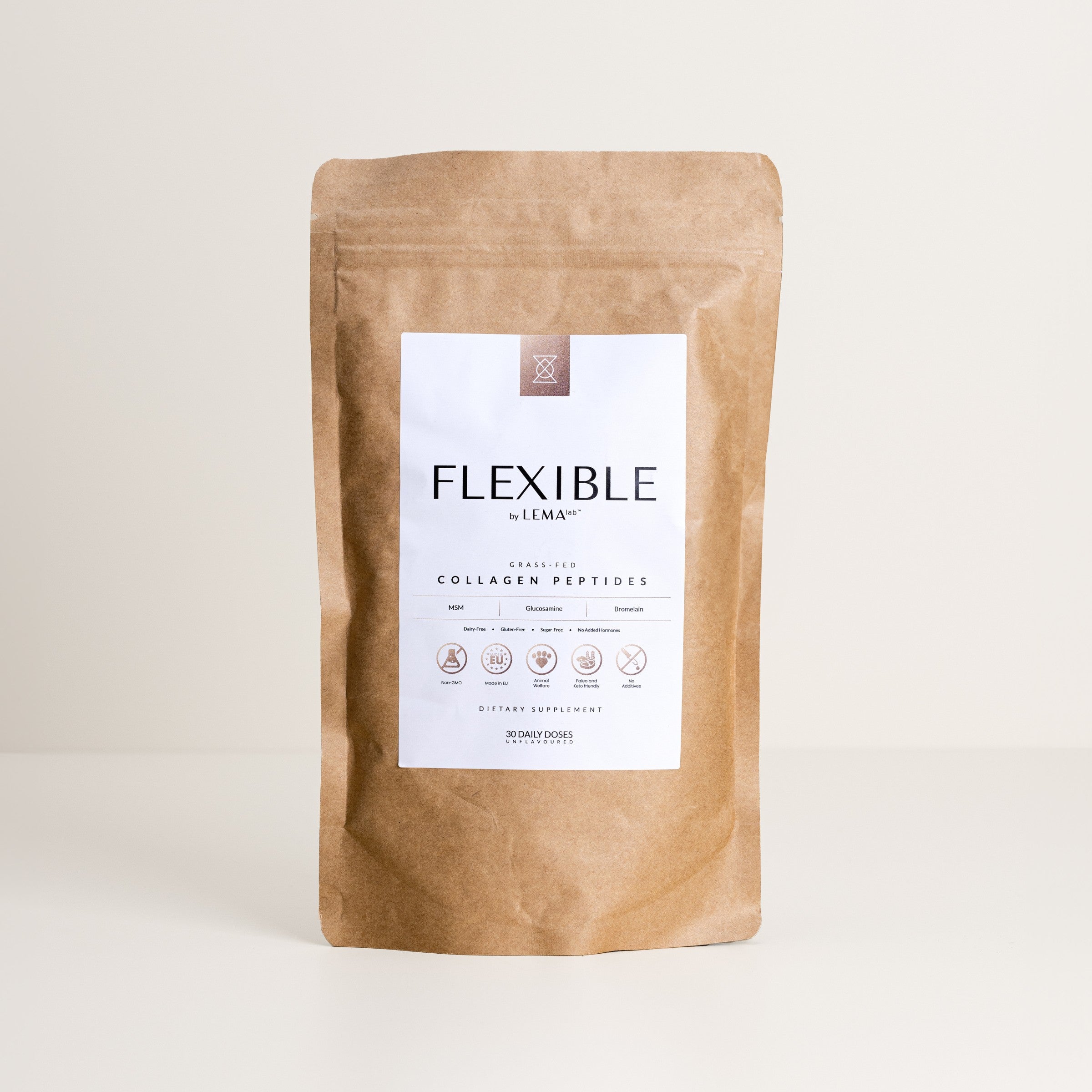
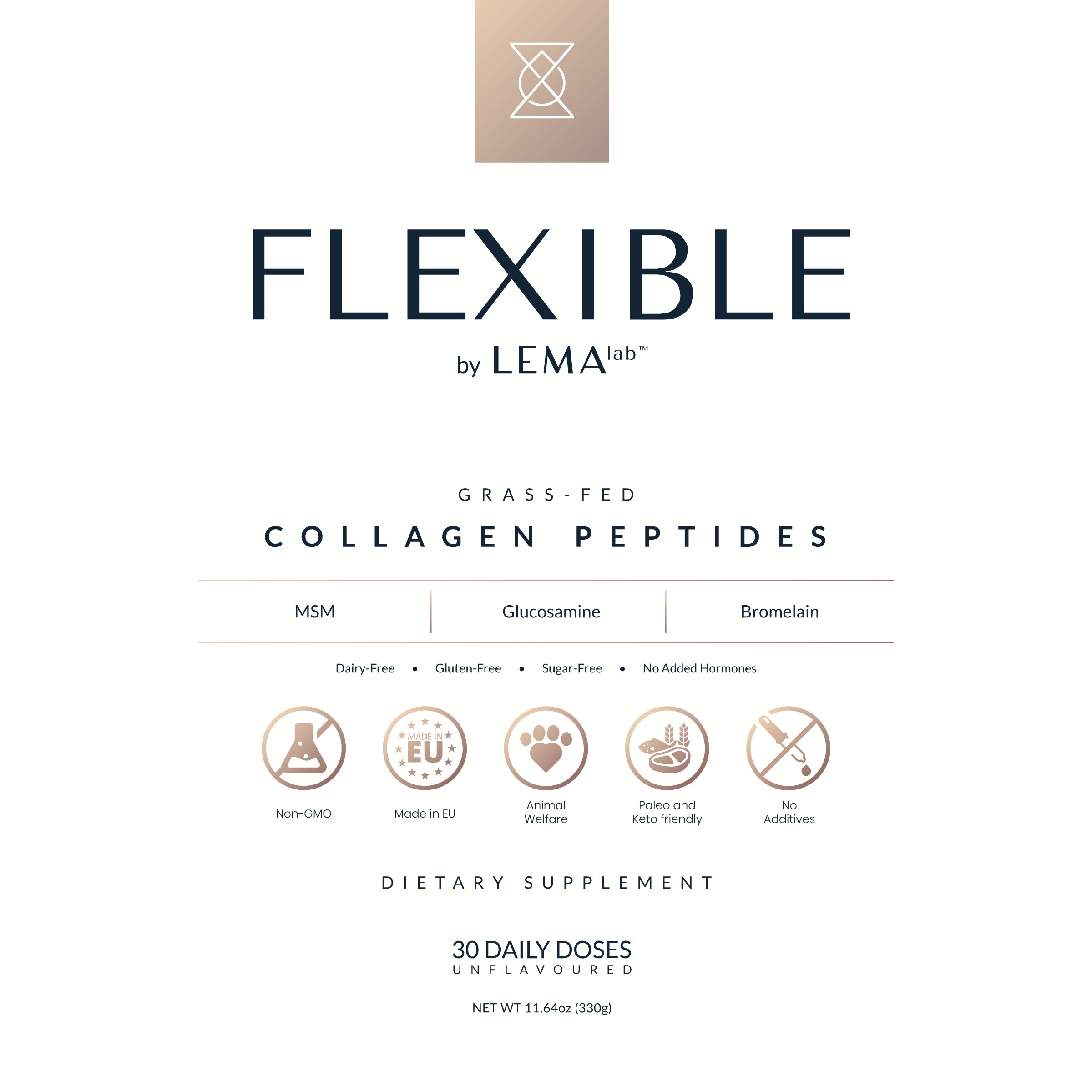
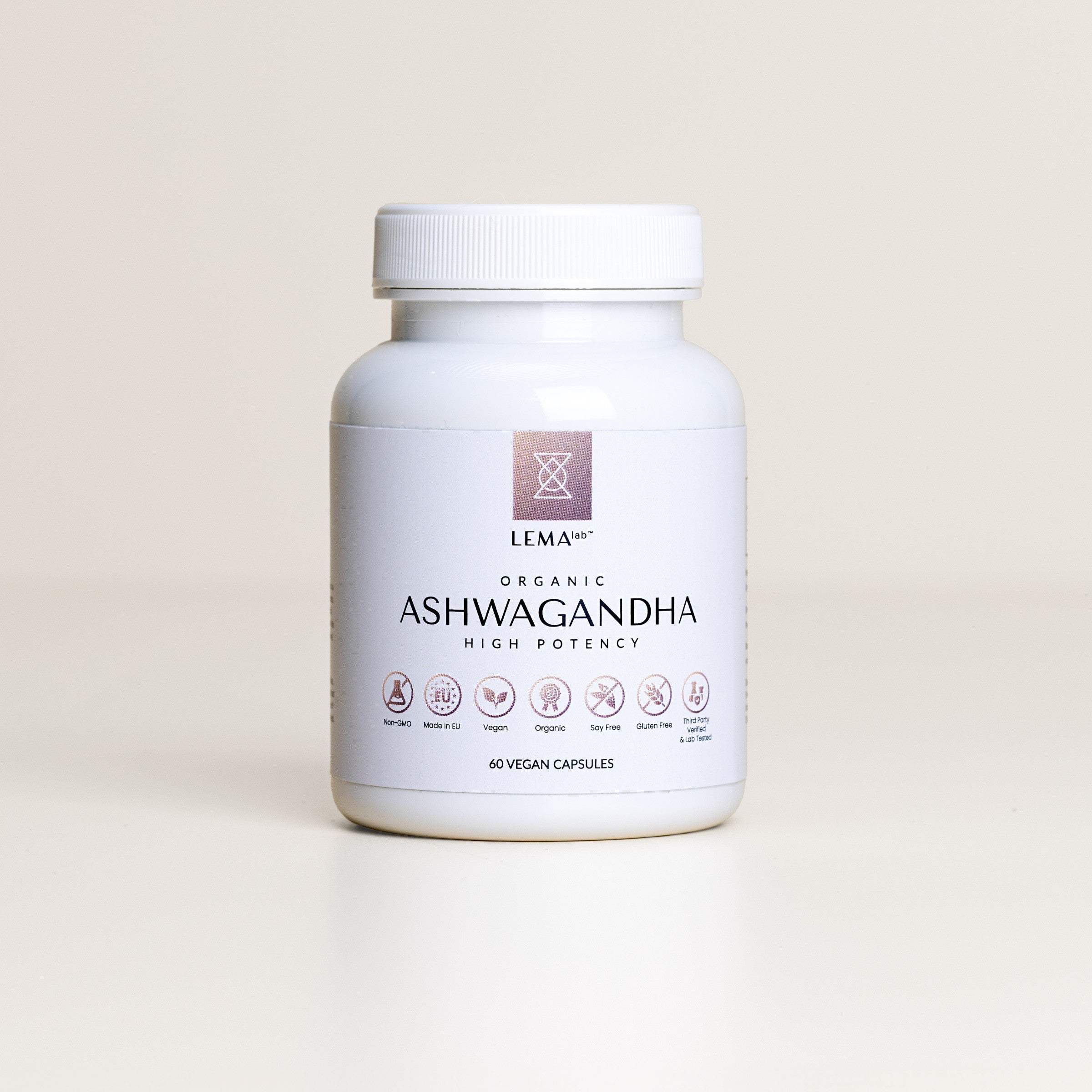

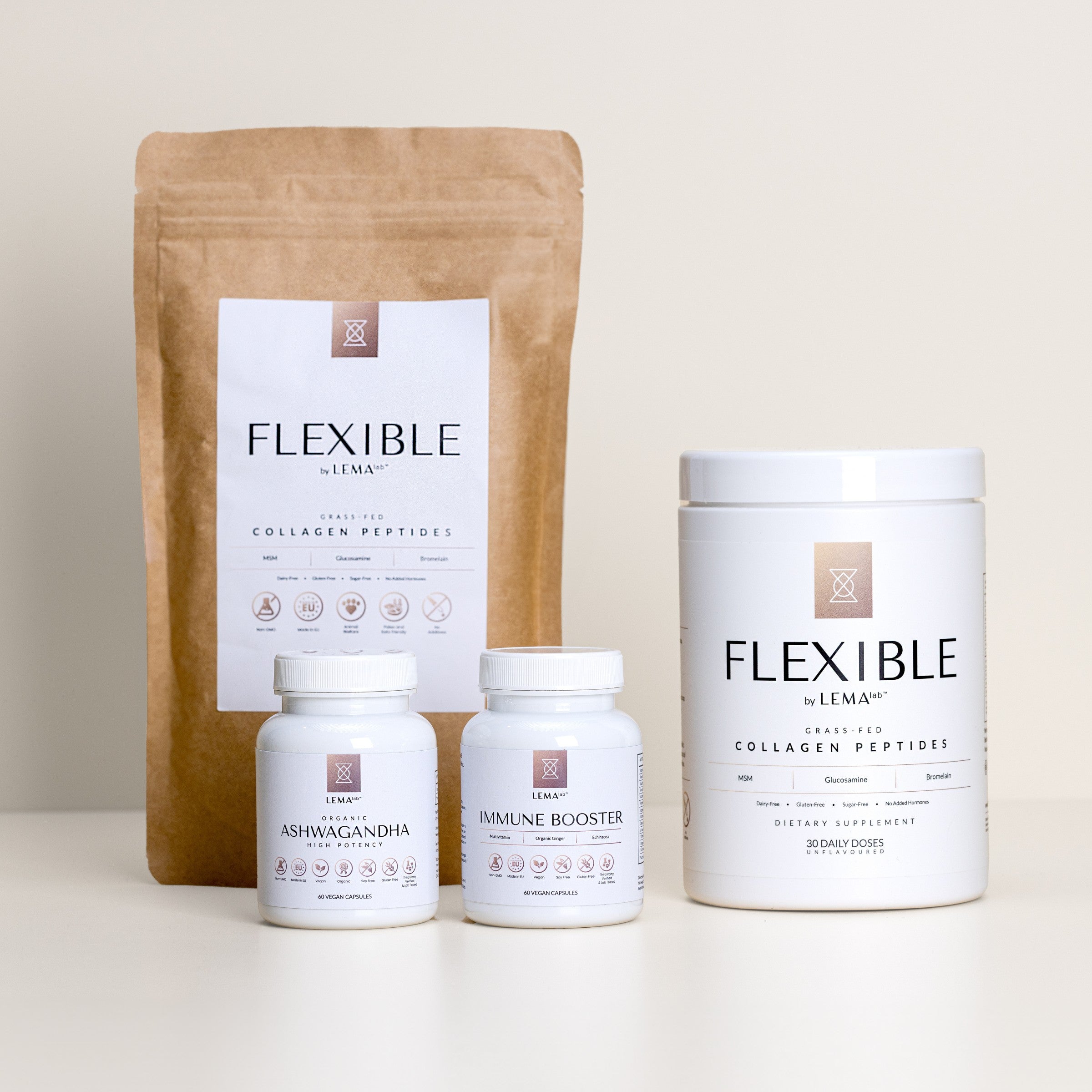
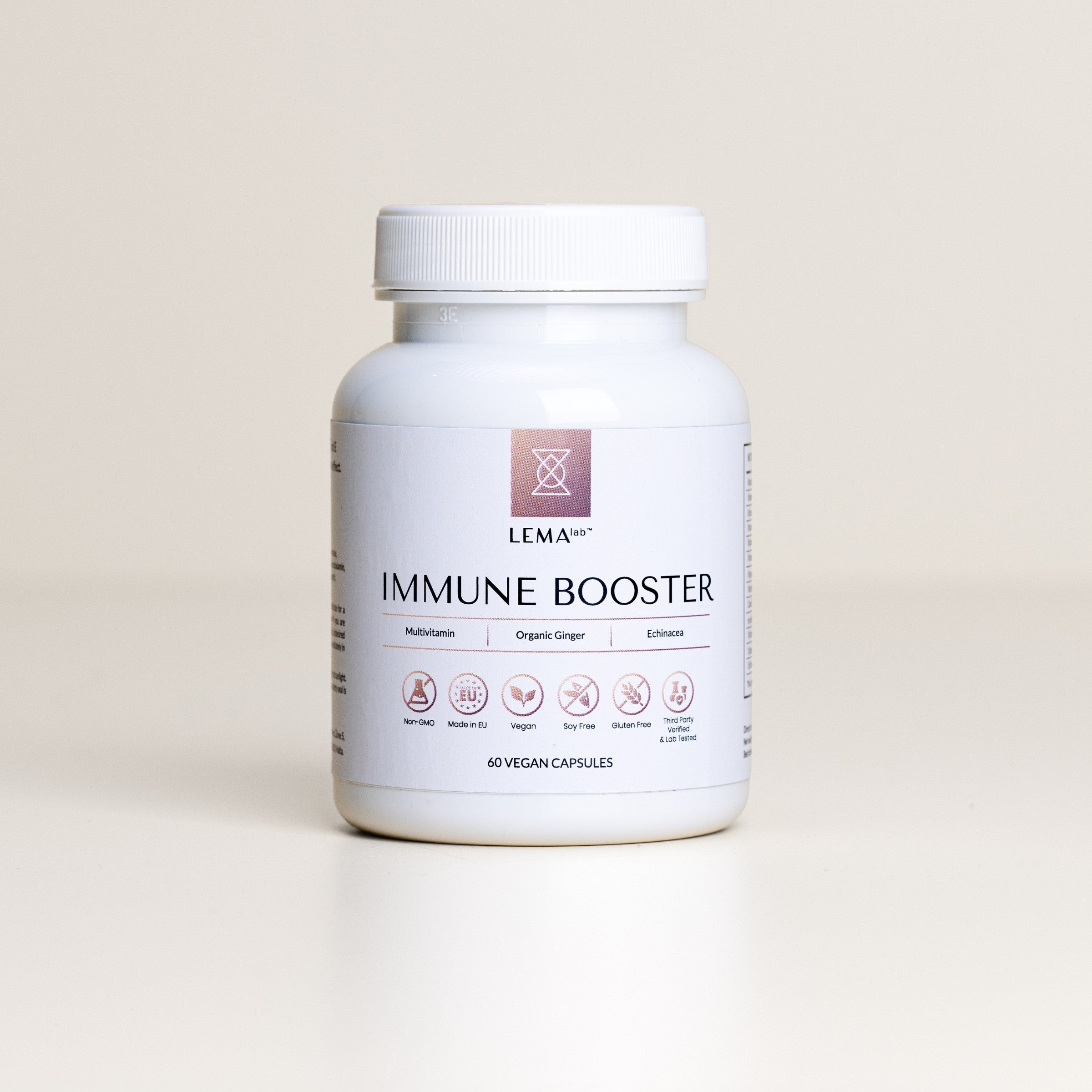

Leave a comment
This site is protected by hCaptcha and the hCaptcha Privacy Policy and Terms of Service apply.